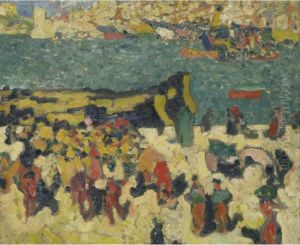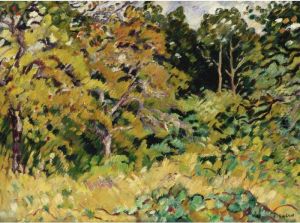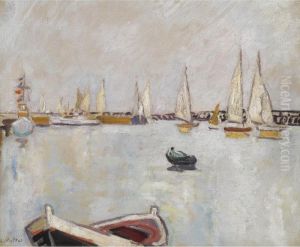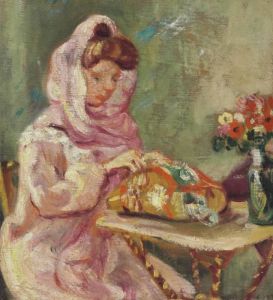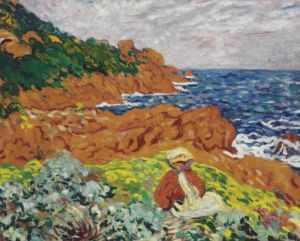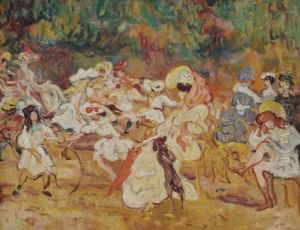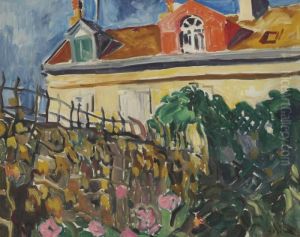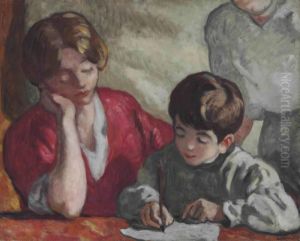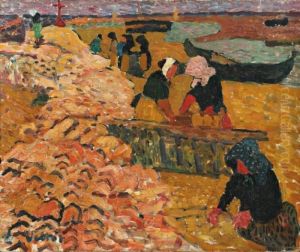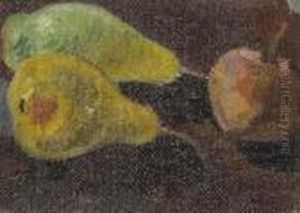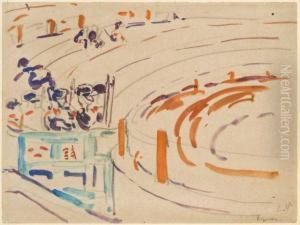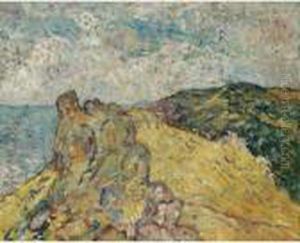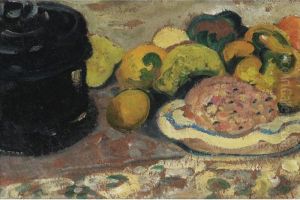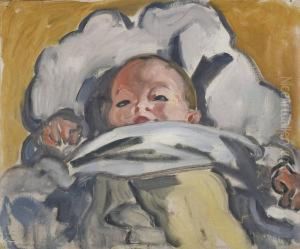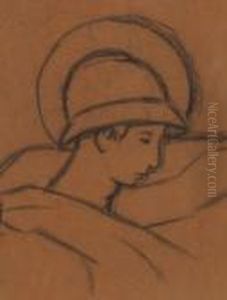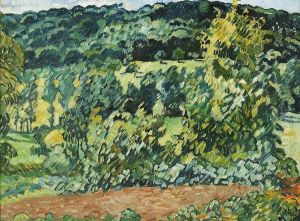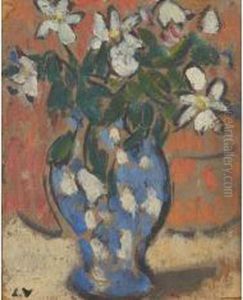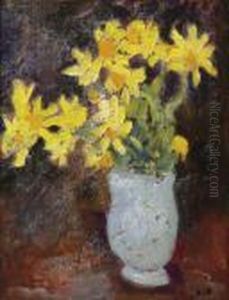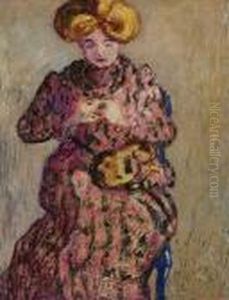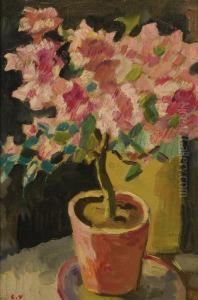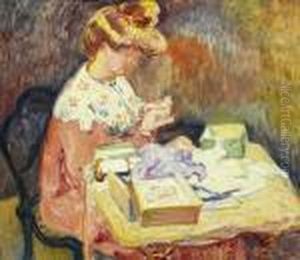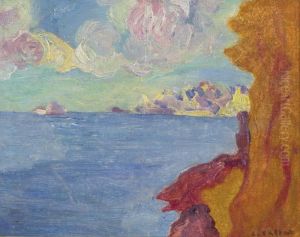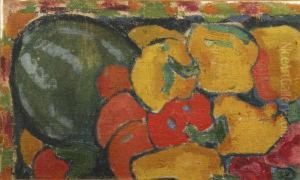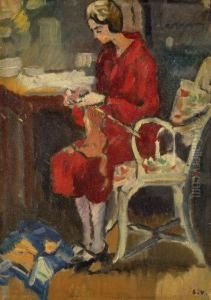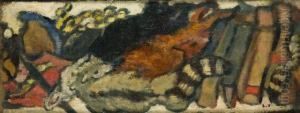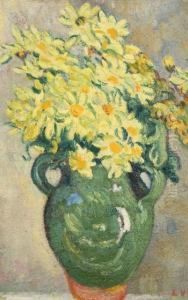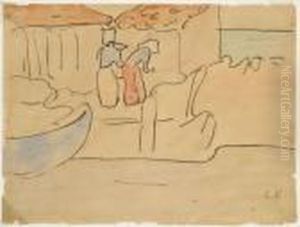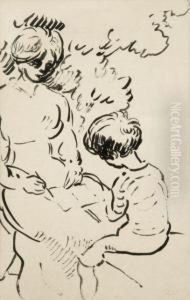Louis Valtat Paintings
Louis Valtat was a French painter and a key figure in the Fauvist movement, though he is less well-known than some of his contemporaries like Henri Matisse or André Derain. Born on August 8, 1869, in Dieppe, Normandy, Valtat was exposed to the arts from a young age due to his family's interest in the field.
Valtat received his initial artistic training at the École des Beaux-Arts in Paris and later attended the Académie Julian, where he studied under Jules Dupré, a member of the Barbizon School, and later with the academic artist Gustave Boulanger. During his time at the Académie Julian, he met and befriended fellow artists Albert André and Pierre Bonnard, which led to his involvement with the Nabis, a group of Post-Impressionist avant-garde artists.
Throughout the 1890s, Valtat battled with tuberculosis, which led him to spend winters in the Mediterranean for health reasons. This had a significant influence on his work, as he was exposed to the vibrant light and color of the region, elements that would become central to his artistic style. Valtat's early works were done in a Van Gogh-esque Post-Impressionist style, characterized by dynamic brushstrokes and bold use of color.
By the early 1900s, Valtat's style evolved, and he became associated with the Fauvist movement. Fauvism was characterized by its use of intense, non-naturalistic and exuberant colors, and Valtat's works were emblematic of this style. Although Valtat's health prevented him from participating fully in the movement's activities, his work was included in the seminal 1905 Salon d'Automne exhibition, which is often considered the birth of Fauvism.
Despite his association with Fauvism, Valtat remained somewhat detached from other movements that followed. He continued to develop his unique style, which maintained a strong emphasis on color but also incorporated elements of traditionalism, perhaps a reflection of his academic training.
During his later years, Valtat's work did not gain the same level of recognition as some of his contemporaries. However, he continued to paint until his health deteriorated. Louis Valtat passed away on January 2, 1952, in Paris. Although he never achieved the fame of Matisse or Derain, his contributions to the evolution of color and form in early 20th-century art have been more appreciated in recent years, with his works being displayed in major museums around the world.
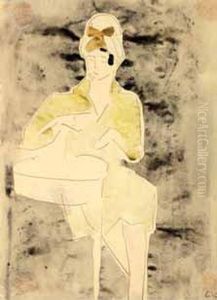
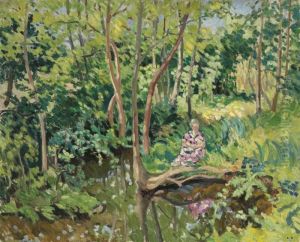
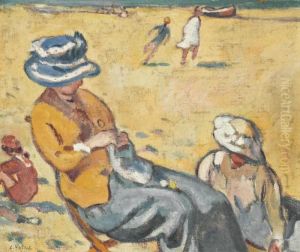
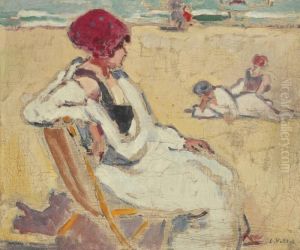
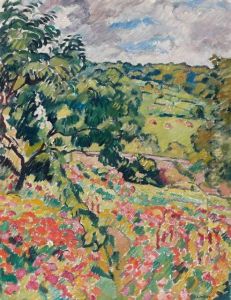
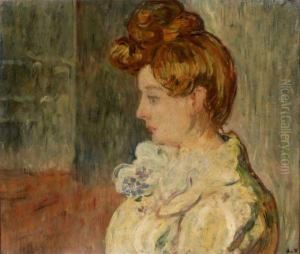
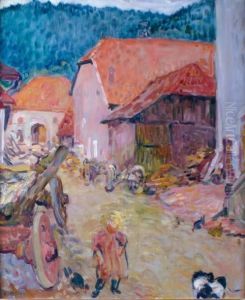
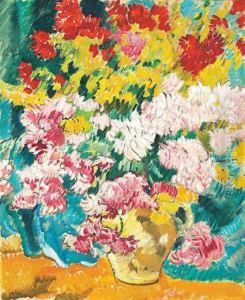
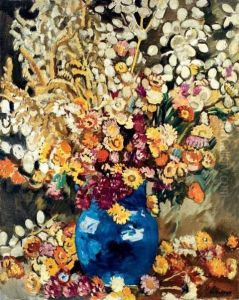
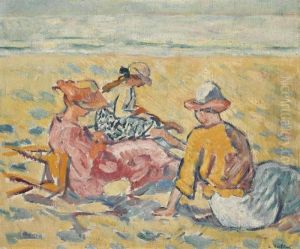
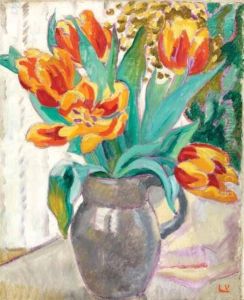
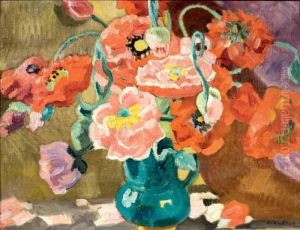
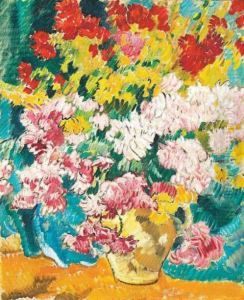
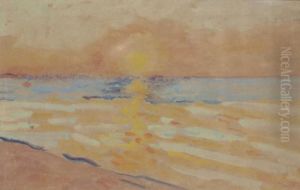
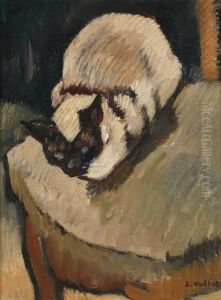
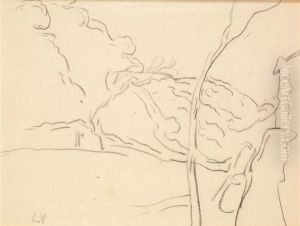
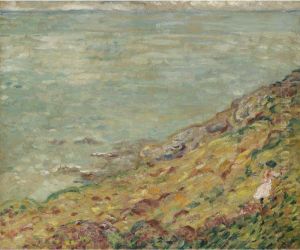
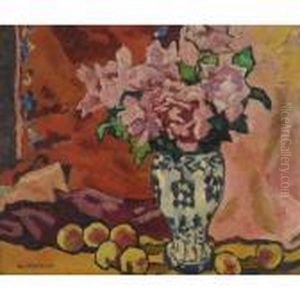
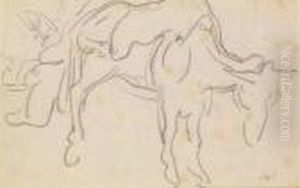
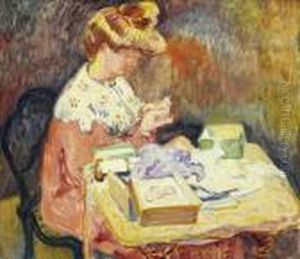
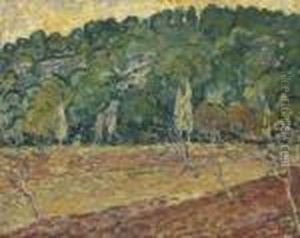
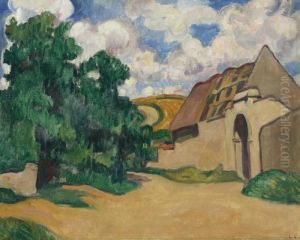
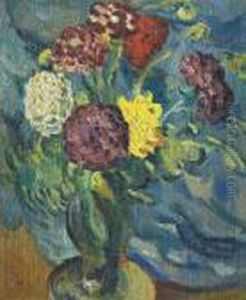
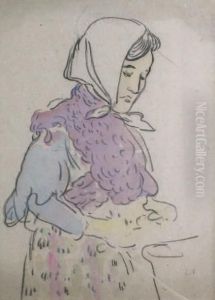
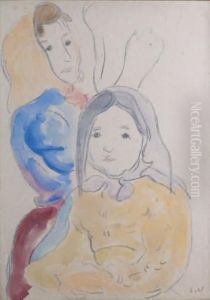
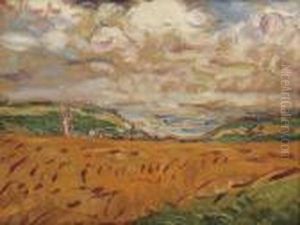
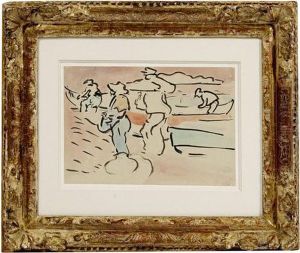
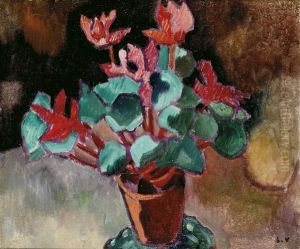
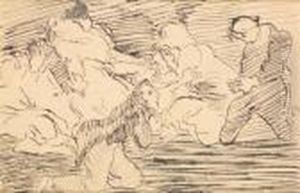
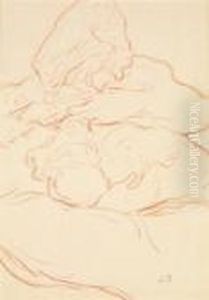
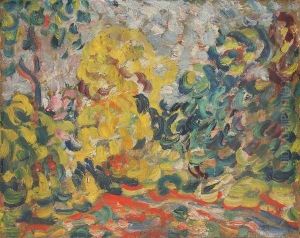
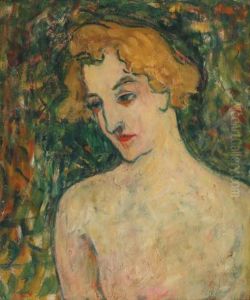
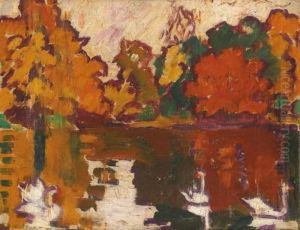
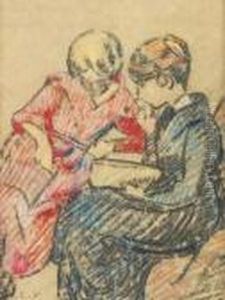
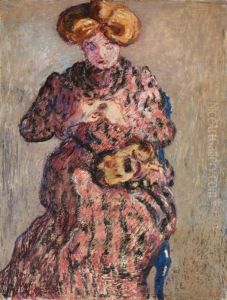
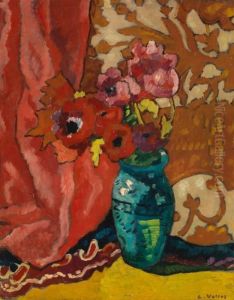
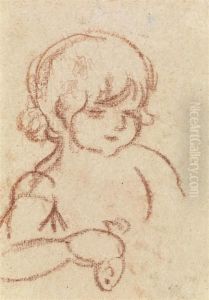
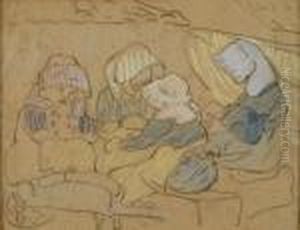
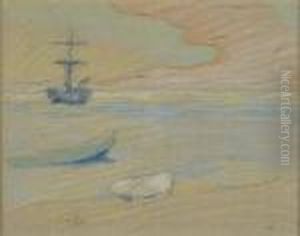
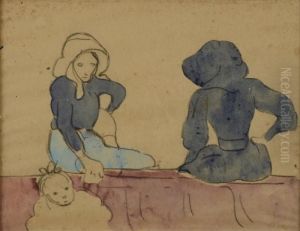
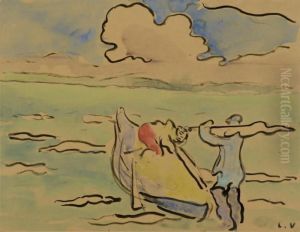
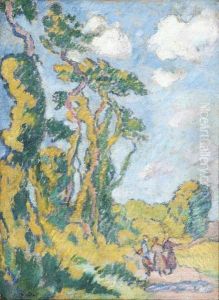
![[jeune Femme En Buste, La Main A La Tete].](https://www.niceartgallery.com/imgs/2885010/s/louis-valtat-jeune-femme-en-buste-la-main-a-la-tete-768ed719.jpg)
